Mobile Indie Spotlight Episode #8 - Hamsterdam
In this episode we have the honour to host Howard Tsao, CEO of Muse Games and his app Hamsterdam. Hamsterdam is an arcade brawler game for mobile, Nintendo Switch, & PC. In the game, rhythm & precision meets some good old fashioned button mashing. With classic arcade brawling mechanics and tap and swipe martial arts combos, the power of Hamster-fu is in users’ paws! The game has raised more than $15k (~2x above the goal) on Kickstarter by 699 backers who pledged to see the title going live.
?Hello Howard, can you share a few words about you and Muse Games?
We’re an indie studio based in New York, and we collaborate with indie artists, musicians, sound designers, and developers locally and elsewhere in the world. Our earlier projects include the Guns of Icarus series and CreaVures. We’re very game mechanics driven, and we love to explore new and interesting themes and ways to play games. Our current structure is oriented around small (2–4 people) project teams. In addition to Hamsterdam and updating Guns of Icarus, we’re working on 3 additional projects. One of them is called Embr, which we just announced at Pax East and EGX.
The Game
?What is the story behind Hamsterdam?
Hamsterdam is a story about resistance, and it’s also about the astonishing capabilities and potential of the unassuming. You play as a young hamster pup named Pimm. After the vermin, led by the chinchilla crime boss Marlo, infested the neighbourhood and took Grandpa hostage, the mantle of resistance passed to Pimm, and he holds the fate of Hamsterdam in his paws. Pimm must now unleash its hamster-fu training on a journey to take down Marlo, save Grandpa, and free the citizens of Hamsterdam from the vermin scourge.
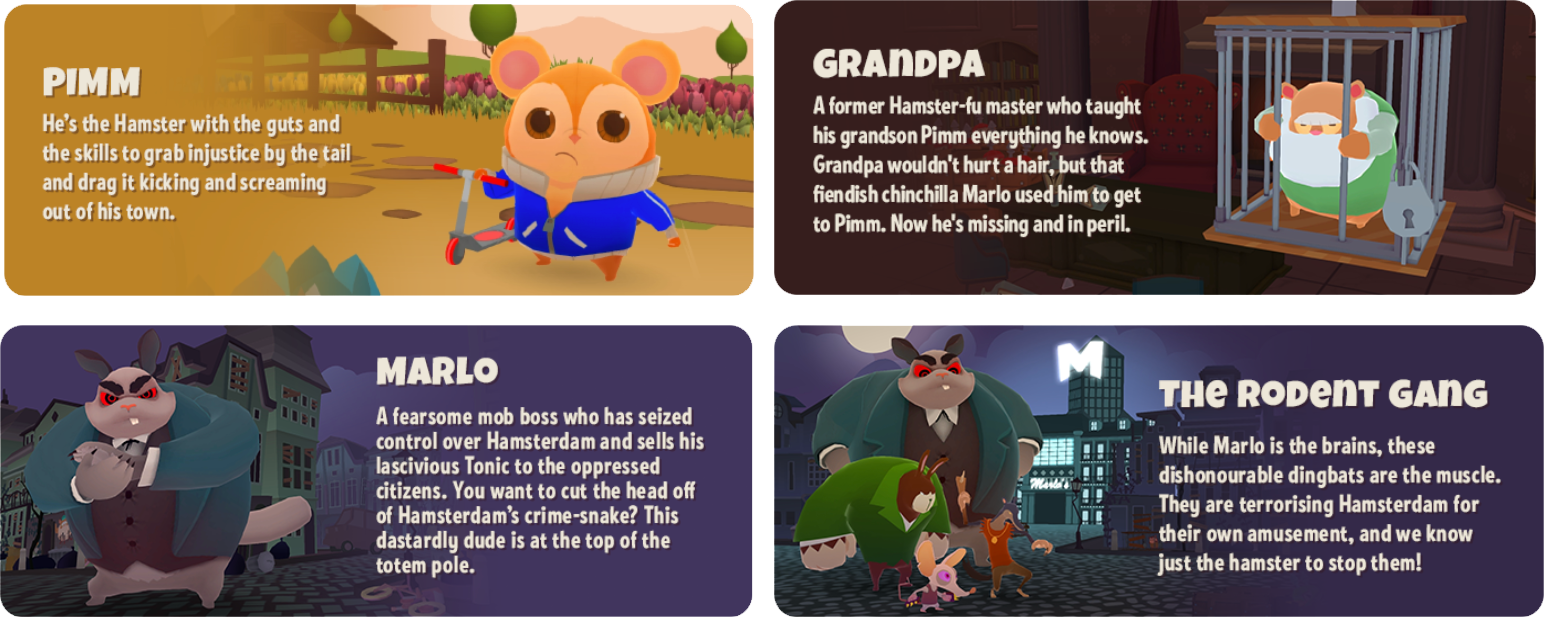
The creation of Hamsterdam stemmed from the question of whether and how we could distill the classic brawler mechanics that we love and push beyond the traditional platforms that made the genre popular. The quest for us is to re-examine the brawler elements — precise and reactive timing, the satisfaction of comboing, frantic attacks, and boss battles — and bring them out with gestural controls.
Hamsterdam infuses a stylised look with tongue-and-cheek humour and multiple layers of parody, drawing inspiration from disparate sources, ranging from Pixar films and 80s kung-fu movies, to iconic detective and noir films and TV shows such as The Wire series and Untouchables. The combat animation choreography is both faithful to real martial arts, meticulously presenting the feel and weight of impact and body motion, and at the same time fantastical. It is a hamster performing martial arts after all!
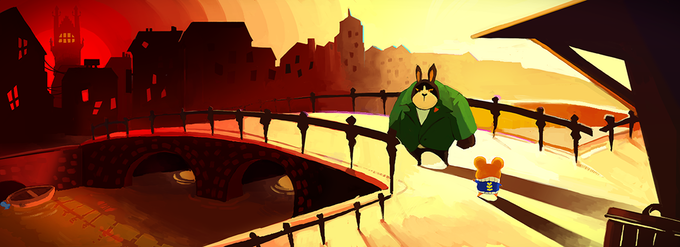
?What is the current status of the game?
We’re near completion. A lot of the work right now, is working with different platforms to get through their QA and certification processes. It’s been a lot of work but rewarding at the same time. In addition to that, we’ve been working a lot on localisation and optimisation, while doing final polishes. We’ve already localised the game in 10 different languages, and we’re really excited about that.
?Which platform you believe will perform the best and how did you decide to develop for all of those platforms?
I think the game brings something fun to each of the platforms we’re aiming for. The main impetus for us to create this game is to empower the players to experience the game with the native controls of the different platforms. On mobile, it’s about the frantic taps and swipes on the screen, and on the Nintendo Switch, it’s the fun of physically moving about and exercising those arms! And on PC, it’s about playing a beat’em up with a lot of flow with the controller.

?Which engine did you choose and why?
Since the very beginning, we’ve been using Unity. When we started, it was the one affordable engine that allowed us to deploy projects cross-platform. Over time, we’ve gained quite a bit of familiarity and knowledge base with the engine, and so we see ourselves working with it for the foreseeable future. With tracking analytics and simulation, while we do use some third party tools, we also build some ourselves that are specific to each project. With our multiplayer projects, we build tools to allow us to simulate different scenarios and test cases through tens of thousands of matches and playthroughs. This allows us to get a sense of how progression, balance, and pacing are working. Our process is usually a blend driven both by data and player feedback.
?How did you choose the sound in the game?
We work with an indie sound designer and composer, and he created the sounds (ranging from rodent squeaks to hit effects) and music for the game.
?It seems that you were nominees in different conferences and events around the globe. How did that help increase the participation to the early access of the game?
The recognition has definitely been amazing for us, and it did help drive some awareness to Hamsterdam. We’ve had people who discovered the game or interacted with us and the game at showcases who’ve helped us test and given us great feedback.
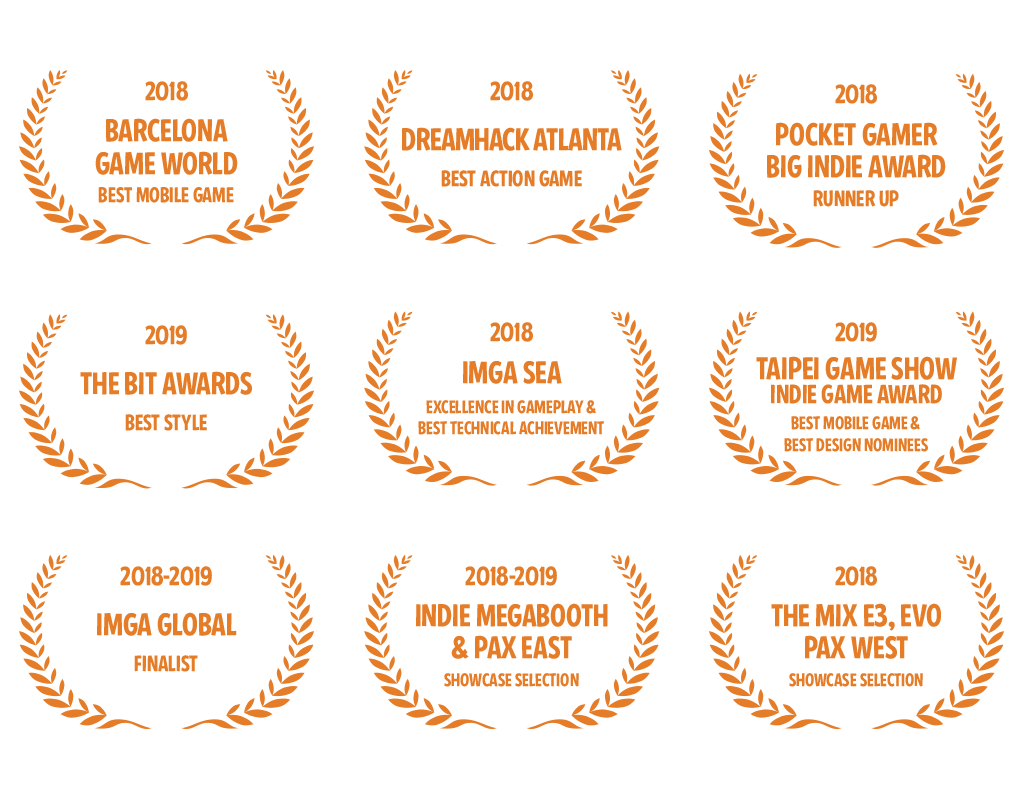
Just being at the showcases themselves was great. We got to watch how players play, and just that opportunity to observe a large number of people playing the game was invaluable in terms of learning. We also saw people gesture with the Joy-Con for instance in unexpected and fun ways, and that was immensely satisfying.
Game mechanics
?It seems that you are using some classic arcade brawling techniques within the game? How did you decide to focus on that genre?

Hamsterdam was born out of a game jam actually. It started as a what-if question — what if we could take brawler mechanics that we loved and bring them to new platforms with novel controls native to those platforms. Really, we wanted to see if we could make something where we could tap on screens frantically or get a workout swinging a Joy-Con. And a brawler we felt was a perfect fit. The genre is also near and dear to our hearts. Games such as Arkham City, Fist of the North Star, Dynasty Warriors, and even Super Punch Out were our not-so-guilty pleasures. We’ve had ideas we dabbled and tinkered with, but on those nights or lunch breaks when we felt a bit burnt out working on Guns of Icarus, we came back to this. It’s a project that made us chuckle, so we always kept it going.
?How do you empower progression within the game?
Within the game there is a shop area, where users can customise the main character. So far, we’re intending it for progression. The items that players get to unlock are a primary way for the players to become more powerful. A number of the items have trade-offs, and that allows players to hone in on their playstyles and optimise for their preferred way to play the game. Some of the items are just funny and meant to be fun for players to wear. It would definitely be possible for us to offer more cosmetic items for in-game purchase if there is a demand. Our current plan is to release the game as a premium game, but if there are regional or platform requirements, we’ll consider them.

?Can you elaborate on the mechanisms you use to help the user find his way within the game?
With onboarding, it has definitely been an iterative process. Towards the start of the development process, our mindset was to design mechanics that would be as intuitive to the player as possible. Over the course of early testing, we were able to see what players were confused about or need help with. We’ve been able to iterate on tutorials and hints in different ways to better teach players about some of the more innovative mechanics of the game. A goal with onboarding is also to have the tutorials and hints be as integrated and in the moment as possible. For example, the QTE hints would only appear after the players have had a chance to experiment and try, and the beginning tutorial incorporated scenes where the players can see how the gestures are performed before they perform them.

?How do you introduce new game elements?
We pace out the introduction of new mechanics over the course of the first two worlds of the game, so that the players would have a few levels to familiarise with a new mechanic that they learned. With each new mechanic, we would have tutorilisation that is designed to as non-intrusive as possible.

In the Chronicles section, players would also get to see the entire move set that could be unlocked and acquired in the game. In this way, they would anticipate new mechanics to come. The final boss of each world is also preceded by a mini boss, and the mini boss introduces some of the mechanics that would be reinforced in the later boss showdowns.
?What other gamification techniques do you use within the game?
A number of the gamification mechanics and systems are aimed at longer term progression and replay. Achieving bonus objectives, some requiring special debuff items for extra challenge or beating special enemies within a limited time, unlocks special and powerful items. Completing certain achievements could also unlock special items.
Monetization & Localisation
?What is your monetization strategy?
Our plan is to have Hamsterdam be a premium game. We may make region considerations for in-app-purchases, but generally we’re aiming to release the game as a premium game. We wanted to be consistent across different platforms while being committed to our Kickstarter campaign promises and offerings.
?Do you use localisation?
Yes, definitely. We’ve already localised the game into Spanish, French, Portuguese, Italian, German, Russian, Polish, Japanese, Simplified Chinese, and Traditional Chinese.
Crowdfunding on Kickstarter
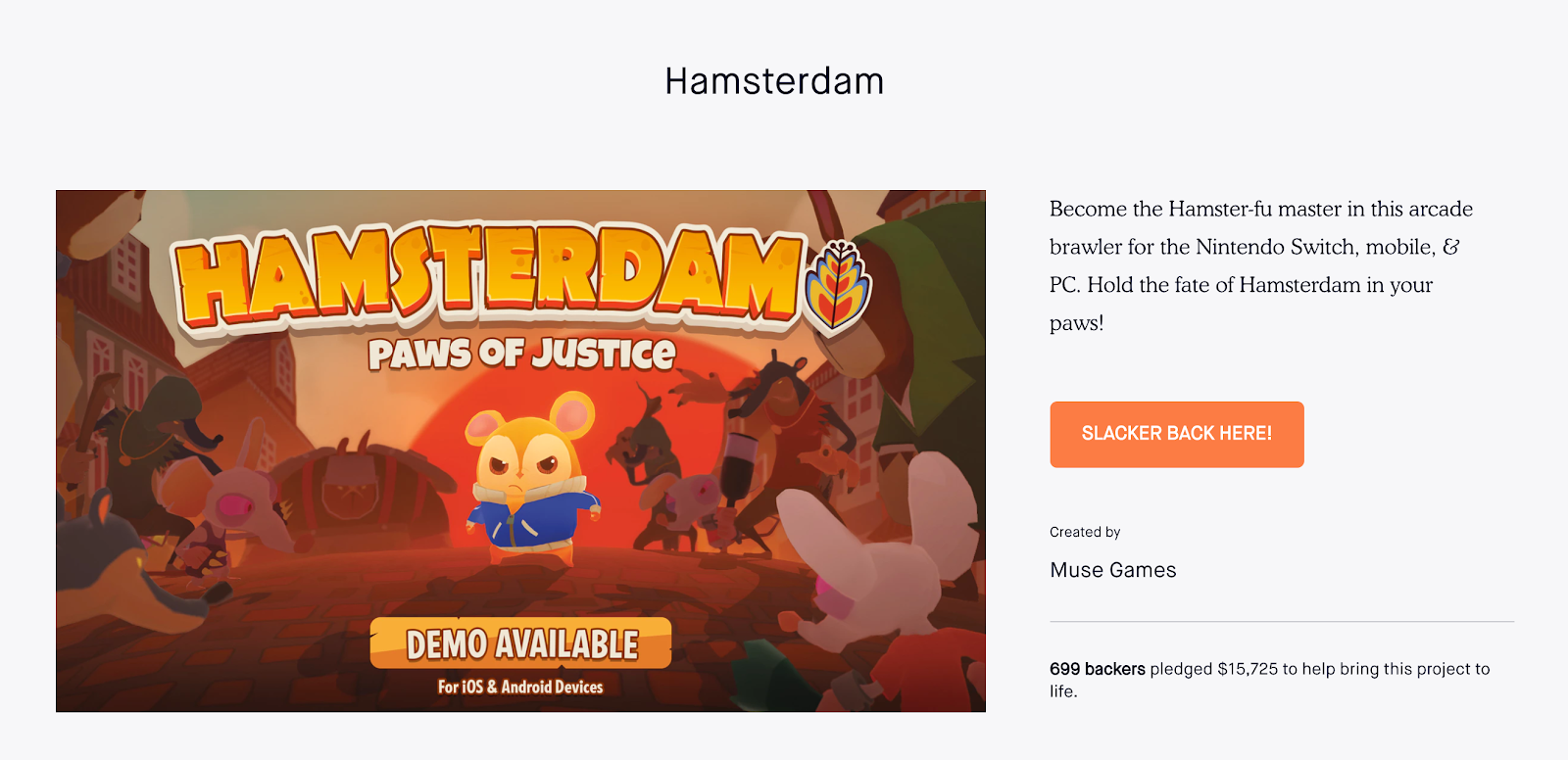
?It seems like you rely on Kickstarter heavily for your game titles. We can see that you already have backed several titles. How important is Kickstarter for the studio and how did you decide to use that approach mainly for a go-to-market strategy?
We haven’t had one that missed the goal yet! We’ve been fortunate enough to have every project on Kickstarter funded, and for that we are truly grateful. Kickstarter and crowdfunding in general has been important not only in terms of helping us with additional funding, but also in terms of building communities and awareness. It’s also one of the best ways to engage with people to help us test and give early feedback on our games. With both Hamsterdam and Guns of Icarus, we’ve had a lot of help from our Kickstarter backers testing our early builds, and the feedback they have given us have been invaluable.
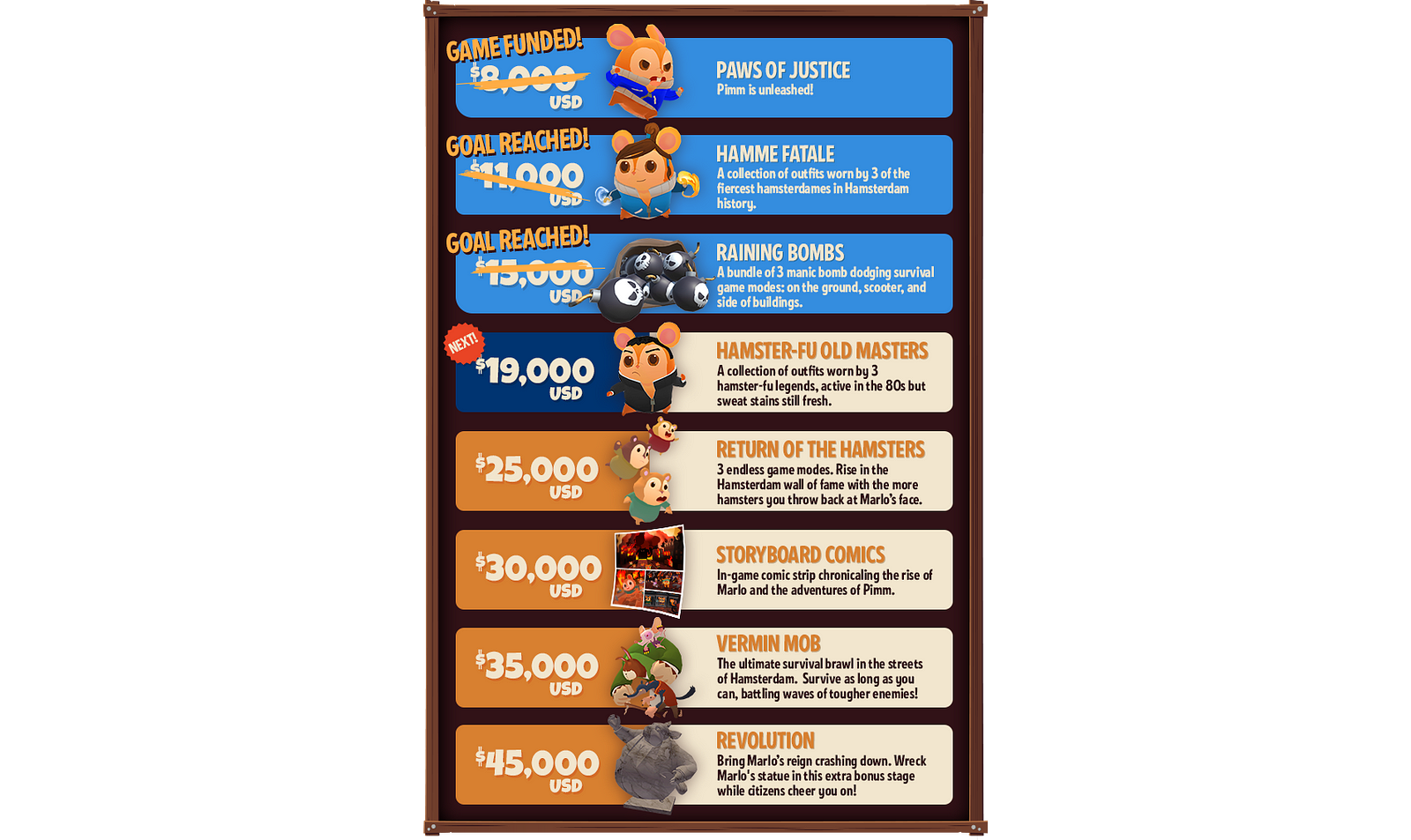
I think in terms of funding and distribution, we as an indie team are always exploring different opportunities and keeping our options open, and exploring crowd-funding is definitely an avenue that we’ve tapped into. When we started our first project on Kickstarter for CreaVures, Kickstarter was relatively nascent, with a small and dedicated community willing to help indie projects succeed. It was inspiring. We were drawn to it and have been working with it ever since.
?What is your experience from Kickstarter campaigns so far?
They have been great overall. With our Kickstarter campaigns, we’ve been able to gain awareness and build early communities for our projects. The Kickstarter staff that we’ve communicated with genuinely and deeply care about indie games, and Kickstarter would host different events to showcase indie projects. One big lesson we learned is in communications. With Guns of Icarus, we made the mistake of being idealistic and expressing our grand vision without being as practical or clear. We definitely learned to communicate and define our scope and deliverables much more clearly.
?We see that you use Guns of Icarus items and the community of that title, to support the Hamsterdam’s campaign and backing on Kickstarter. How did the success of that title and the community behind it help on Hamsterdam’s demo early adoption?
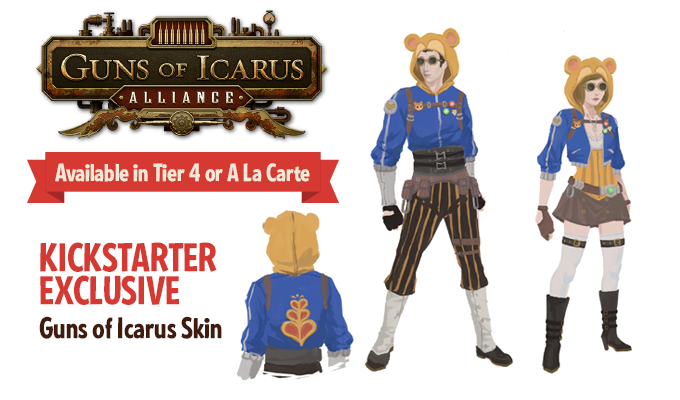
It’s been really helpful. We’re fortunate to have a dedicated group of players in our community. Over time, we’ve grown together, and we’ve become good friends with quite of a few of our players. They’ve stuck with us through a hurricane at launch, an actual fire in our space, and servers blown up by YouTube coverages. And they’ve given us close to 2K feedback, feature requests, and bug reports that we’ve implemented. Now, the game and community are largely player run, and we couldn’t be prouder or more humbled to have the support of our community.
With Hamsterdam, while it’s pretty far afield from Guns of Icarus, we’ve still had quite a bit of support from the Guns of Icarus community, and creating new items for the players who supported us was the least we could do! The Guns of Icarus players who’ve supported Hamsterdam are also really active in the Hamsterdam Discord. They’ve contributed valuable testing feedback as well as screenshots, fan art, and Pimm travel photos.

Launching & Feedback
?How do you plan to launch the game?
We’re looking at early access opportunities such as with Google Play. It would be exciting to be a part of Early Access on Google Play. It’d allow us to do some interesting A/B testing with the game’s store text and graphical material to see in real time how people respond to or resonate with different versions or iterations of our designs. With launch platforms, the game will be available for the Nintendo Switch, iOS, Android, and PC.
?What is the initial feedback you are receiving from users using the demo?
We got quite a bit of feedback, from balance and pacing to tutorialisation and boss difficulty. We also got feedback on device performance as well as a number of bug reports. With pacing and balance, we tended to balance a bit on the harder side initially, and we realised that some of the later levels were too difficult for players new to the game. With boss balance, it was the same way. We had the Canal District Marlo balanced to be very difficult, thinking it would challenge the players, but people really struggled, so we had to dial back the difficulty. In terms of tutorilization, we realised that a couple of the mechanics that we thought were obvious turned out not as clear as we thought, so we added tutorilization for those.
Communities
?Which social channel is the more important one for communicating with the userbase that is waiting for the release of the game?
For us, Discord has been great in communicating with players. In addition to announcements, updates, and news, we also have channels for people to post about pets, artwork, and screens. There’s also a trivia channel as well as a Hamsterdam newspaper. Lately, people have been posting pictures of their travels with the Pimm plushie, so we created a channel for that as well. In the Hamsterdam Discord, people can earn points for answering trivia questions in addition to posting and commenting, and they can progress in Hamster Fu belts. Join the Hamsterdam Discord here!
Next Steps
?What are the next steps?
Right now, the most important and urgent task is to work with the platforms to get through certification. We’re also polishing and optimising performance as well. Once we are through certification, we’ll pair release announcement with a teaser video. Then it’s on to promoting the launch of the game!
Overall, we’re really proud of the work we did. What started out as a lunch time game jam which is now coming to fruition. It’s been a winding journey, and we’ve learned a ton about developing for mobile platforms and just making a gesture-centric and a beat’em up game. We’ll be taking what we learned from Hamsterdam to our upcoming projects as well. Next up is a frantic firefighting (un)simulator called Embr. It’s set in a dystopian, a hyper-capitalist, and deregulated alt-present where public firefighting funding has run dry, and where venture capitalism and e-hailing rule the roost. The Embr Respondr is the last stand in a world ablaze. Here’s what the game looks like in relatively early prototype.
Creating a game now is as exciting and challenging as ever. In the face of the difficulty in getting games discovered in a sea of quality games, one of an indie developer’s best currencies is creativity. In a way, it is easier to stand out and be discovered if a developer takes a risk, makes something new and different, and make a statement. Be bold!
Do you want to distribute your survey? Pollfish offers you access to millions of targeted consumers to get survey responses from $1 per complete. Launch your survey today.
Global GSK Shingles Survey Insights
Original Insights,The Pollfish Blog
February 24, 2024
Shingles misconceptions: new global survey commissioned and funded by GSK highlights widespread…
B2B Sales Emails: Are they Effective or a Nuisance?
Original Insights,The Pollfish Blog
September 6, 2022
Are B2B sales emails a thorn in your side? Do they drive you crazy? Virtually all white-collar…
